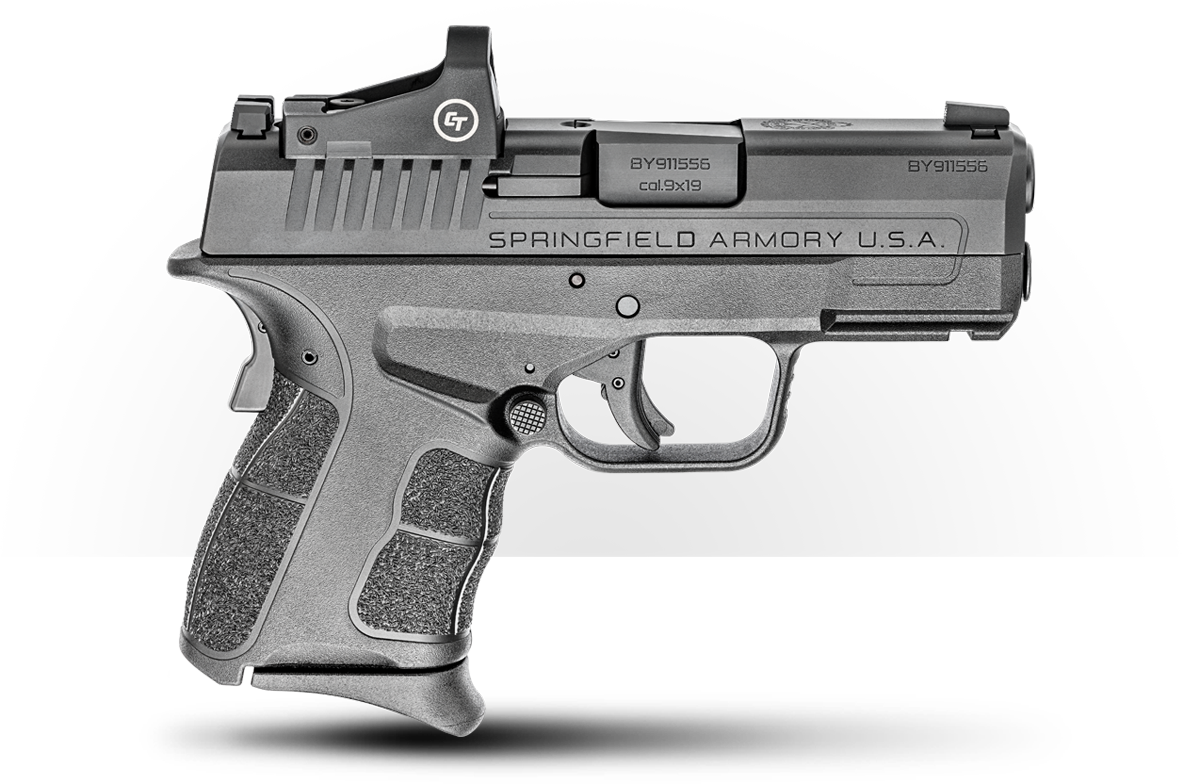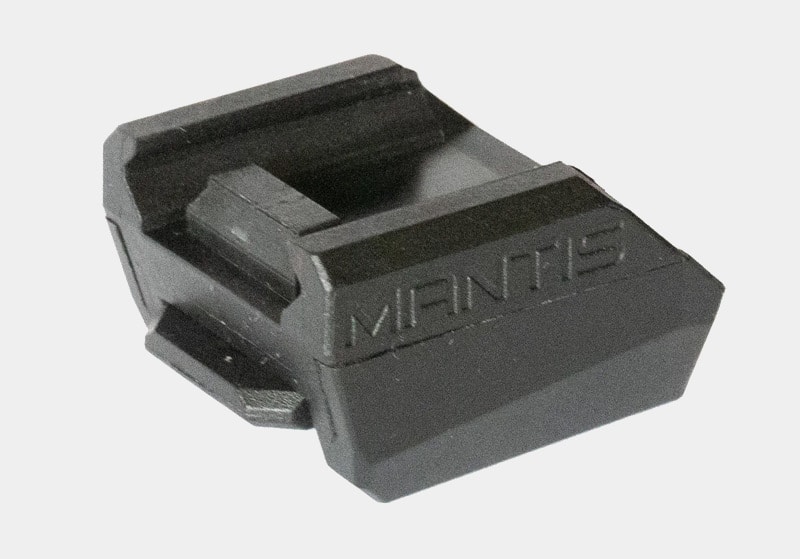Dry-Fire Practice Tips
July 18th, 2022
6 minute read
When mighty Casey stepped to the plate, he knew what was on the line;
He would resolve the game — decisively — in favor of the Mudville nine.
Yet when the ball flew, Casey missed… and bowed his head in shame;
If forced into a defensive shooting, will you be ready or simply do the same?
Every American knows the story of how mighty Casey stood ready to win the ballgame for Mudville. Yet, at the moment of truth, he failed to connect bat and ball. Poet Ernest Lawrence Thayer created an image of a powerful batter — yet one filled with hubris. In the end, that overconfidence likely contributed to Casey’s failure when it mattered most.
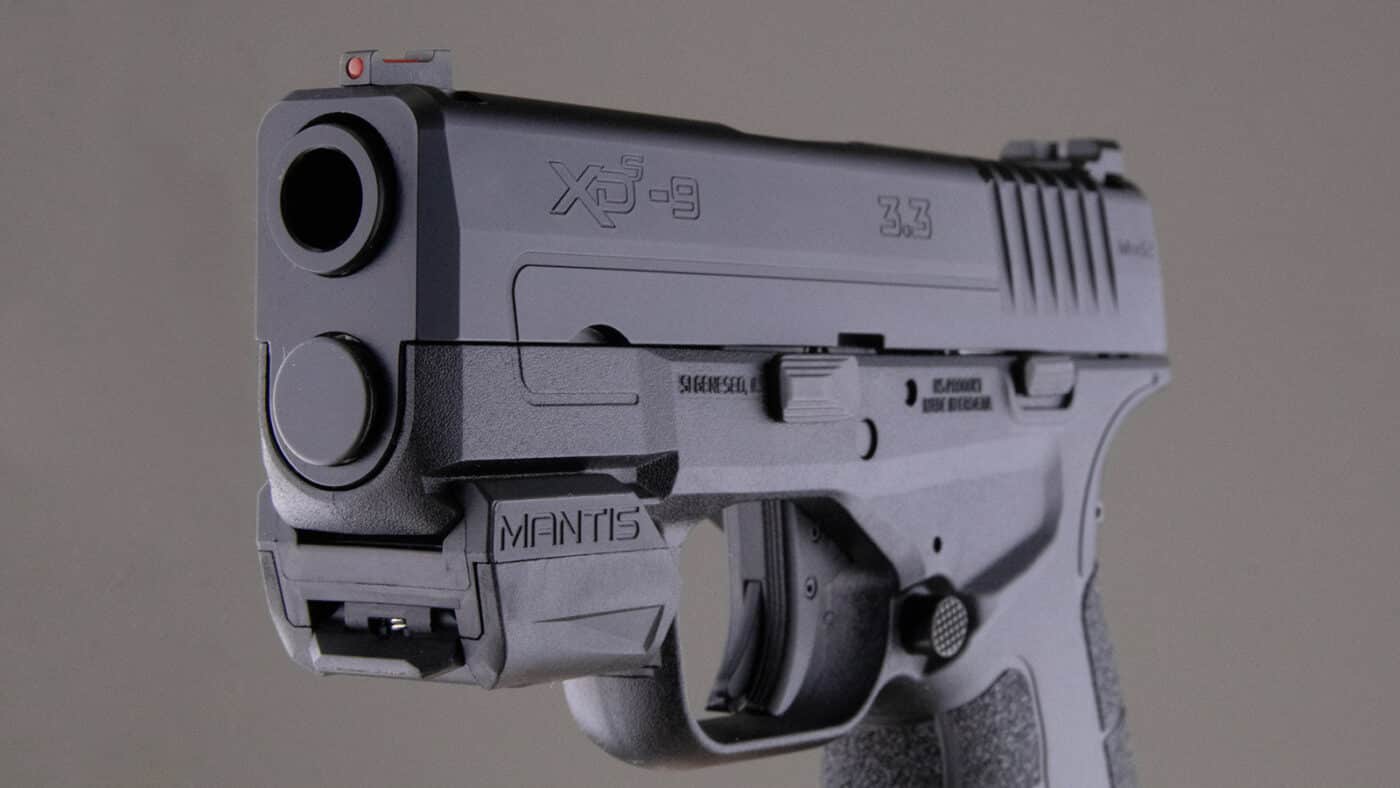
The self-defense lesson here is don’t assume you’ve got the chops when the chips are down. Just because you are — or were at one time — a good shot doesn’t mean you don’t need regular practice to maintain and improve your shooting skills. Dry-fire training is a great way to work regular practice into your busy schedule.
What Is Dry-Fire Practice?
Dry-fire is the process of manipulating and “shooting” a gun that is unloaded. It is a training technique that can be used to improve your trigger control, sight alignment, sight picture, reloading and other manipulation skills.
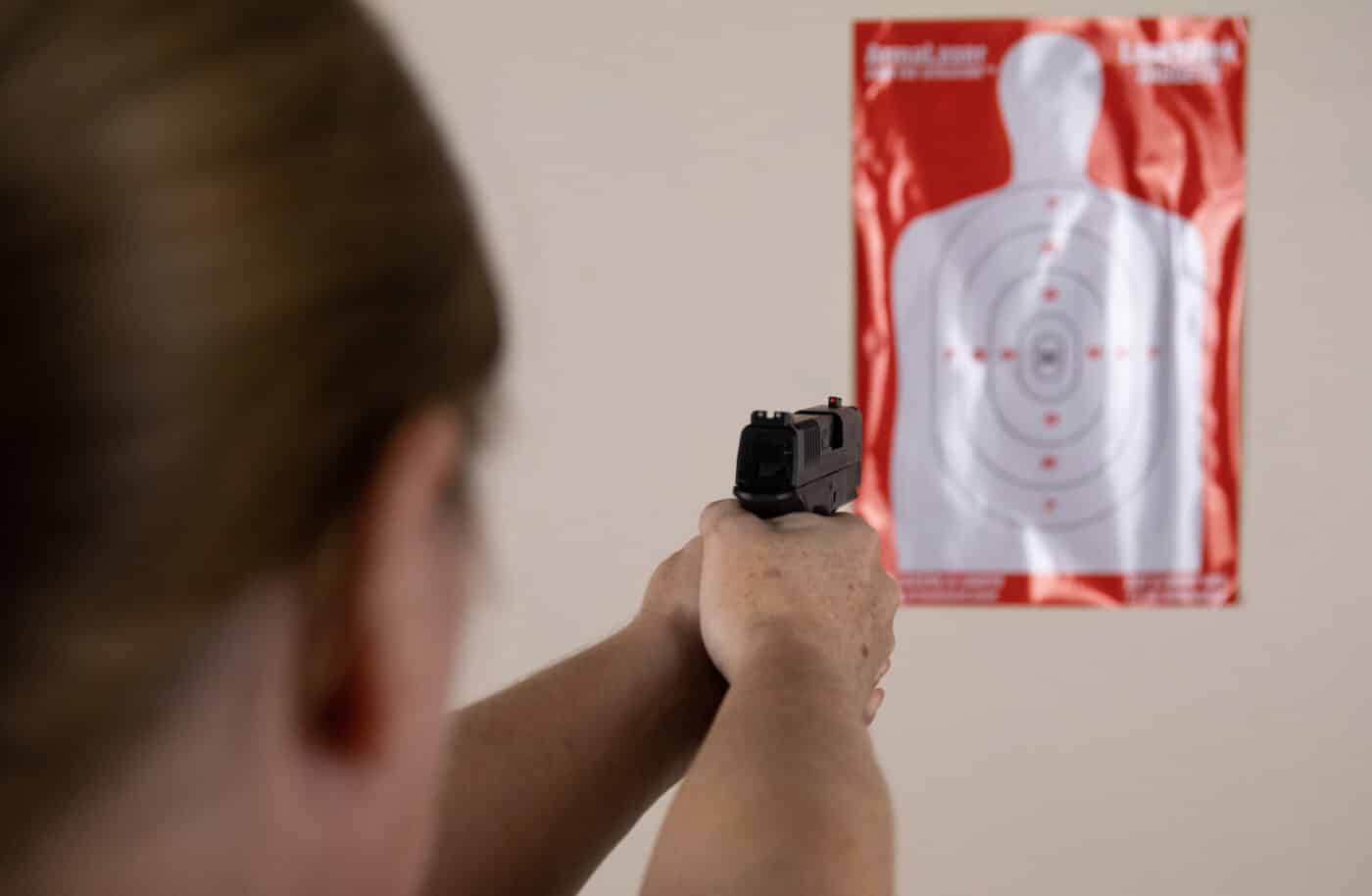
Dry-fire is a technique I have used extensively to improve my own shooting. I’ve also helped others build confidence and accuracy using the same training technique.
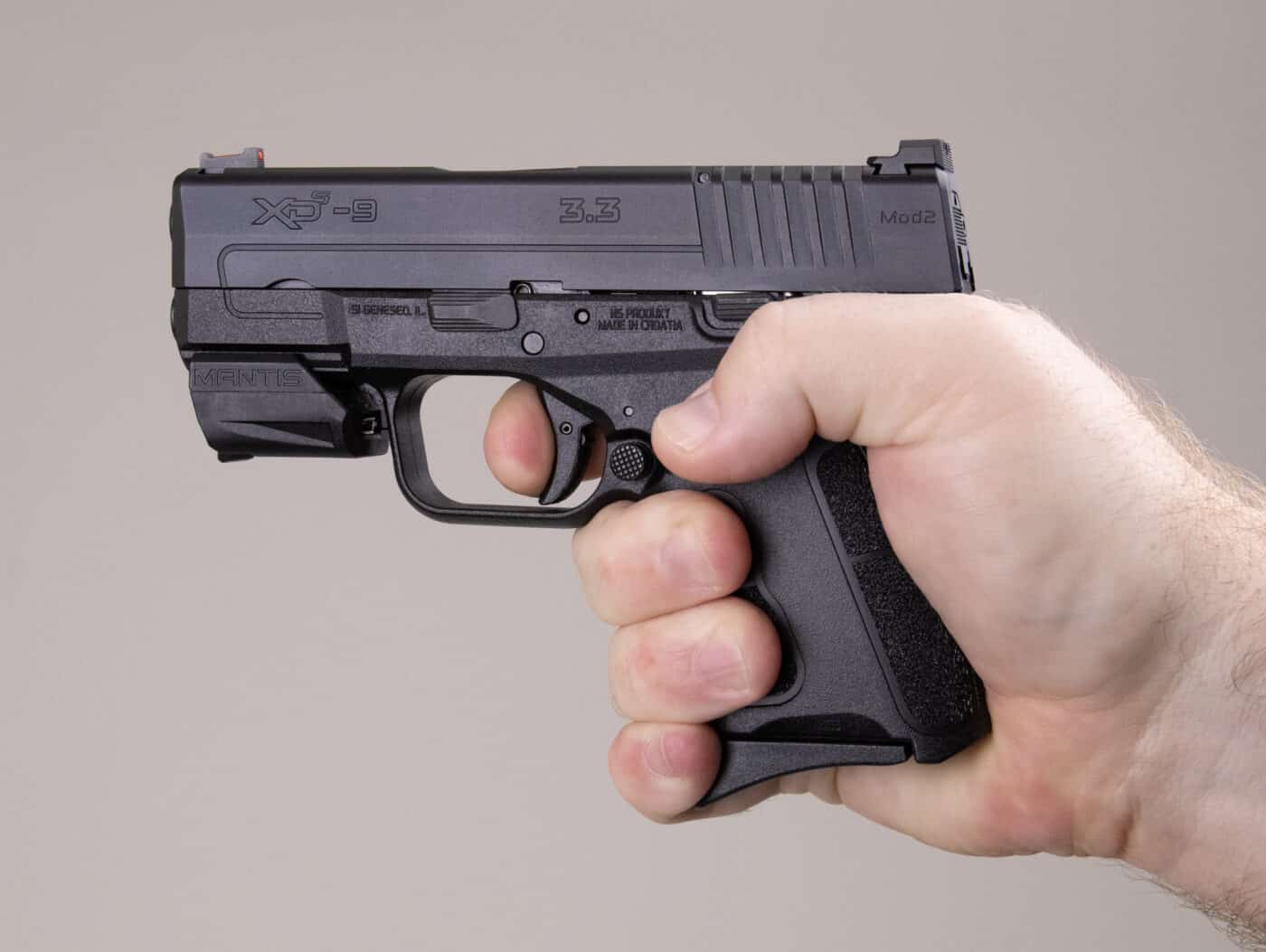
Dry-Fire Safety
Any manipulation of a firearm should be done in a manner that is as safe as possible. Dry-fire training is a completely voluntary activity without any time constraints. You should use the utmost caution when you employ it.
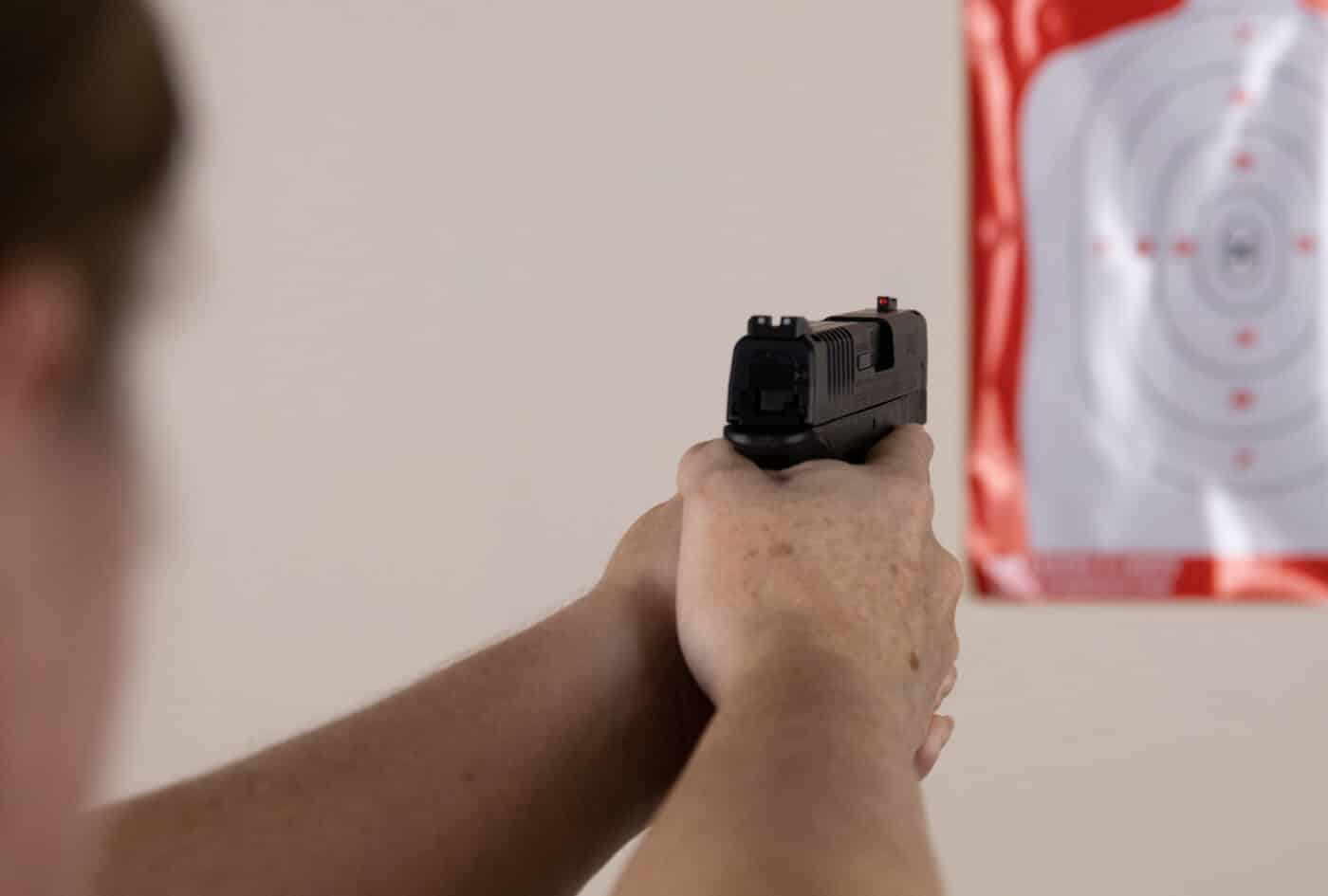
To start with, you need a safe location where the training can be conducted. This should be away from distractions like kids and the television. Additionally, you should have a safe direction to point and “shoot” your firearm. There should not be people on the other side of that safe direction.
Any gun you will be working with should be unloaded. Physically move the ammunition to another room along with any loaded magazines. Likewise, all loaded guns in the area should be locked away or moved to another room.
You should only conduct dry-fire training when you are stone sober. If you are on prescription medication or had a few drinks with dinner, leave the training for another time.
While dry-fire training, treat the gun as if it were loaded. You don’t want a fatal accident because you thought a gun was unloaded.
Penny on a Pistol
A tried-and-true dry-fire technique is the penny method. With this technique, you are training your trigger control and sight alignment.
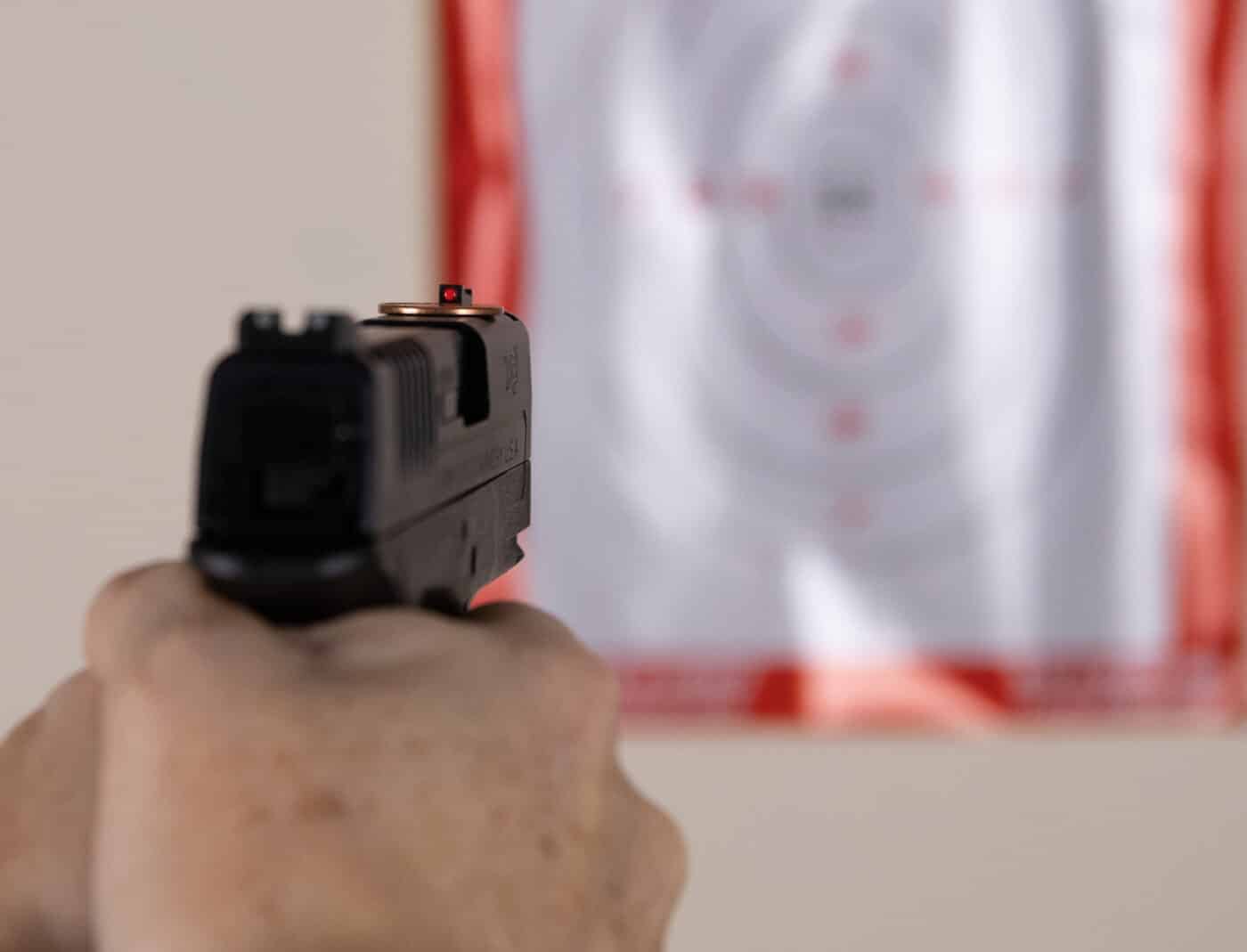
To start, you place a penny on the end of your slide or barrel. You then extend your weapon toward your safe target. Keeping the sights aligned, you press the trigger smoothly to the rear.
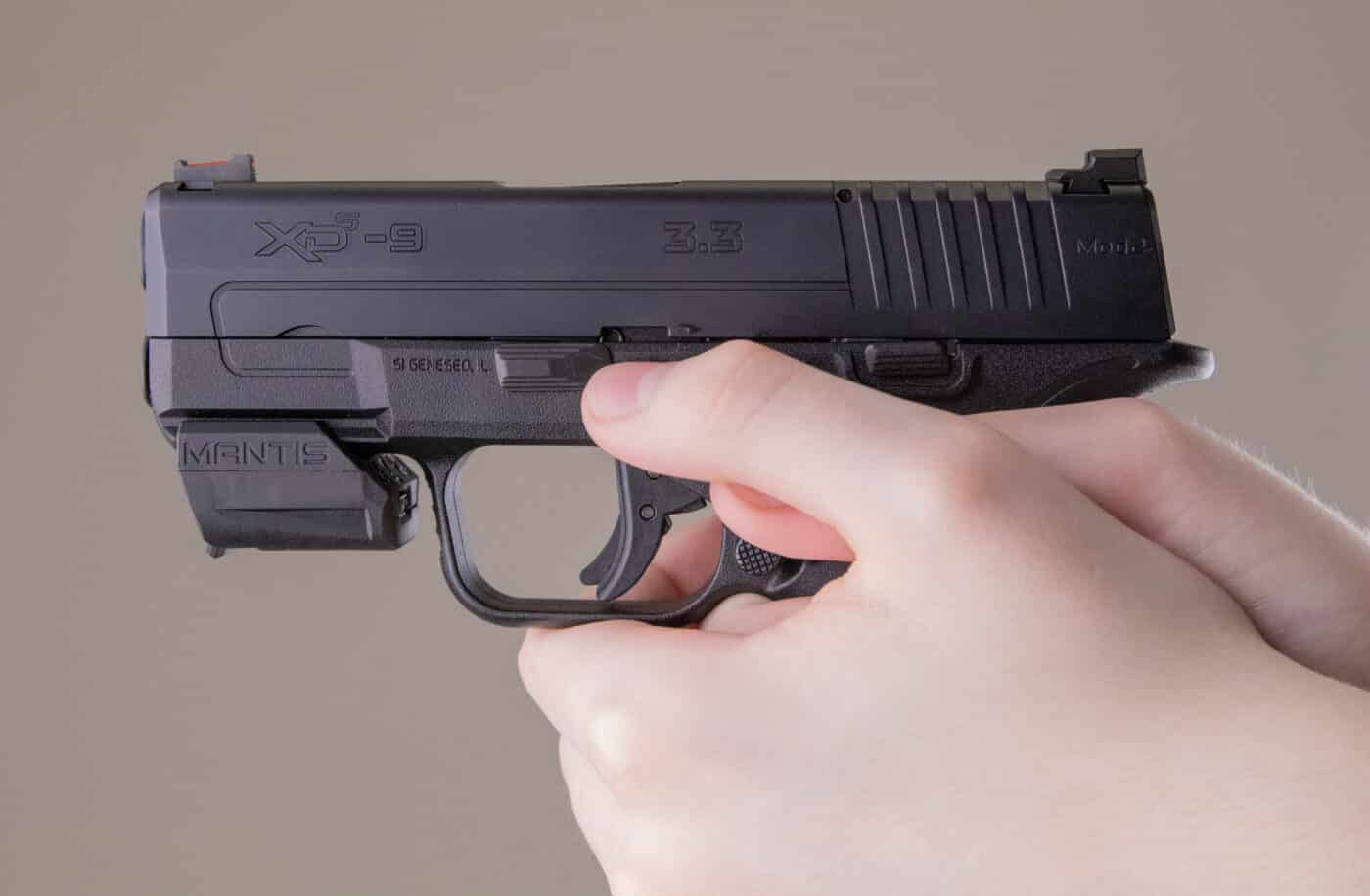
If the penny falls off prior to the gun going “click,” you have a lot of work to do. Return the penny to the gun and try again. Focus on keeping the sights aligned and developing a smooth roll to the trigger press. Over a period of time, you should be able to improve your trigger press so that the penny stays on the gun after each click.
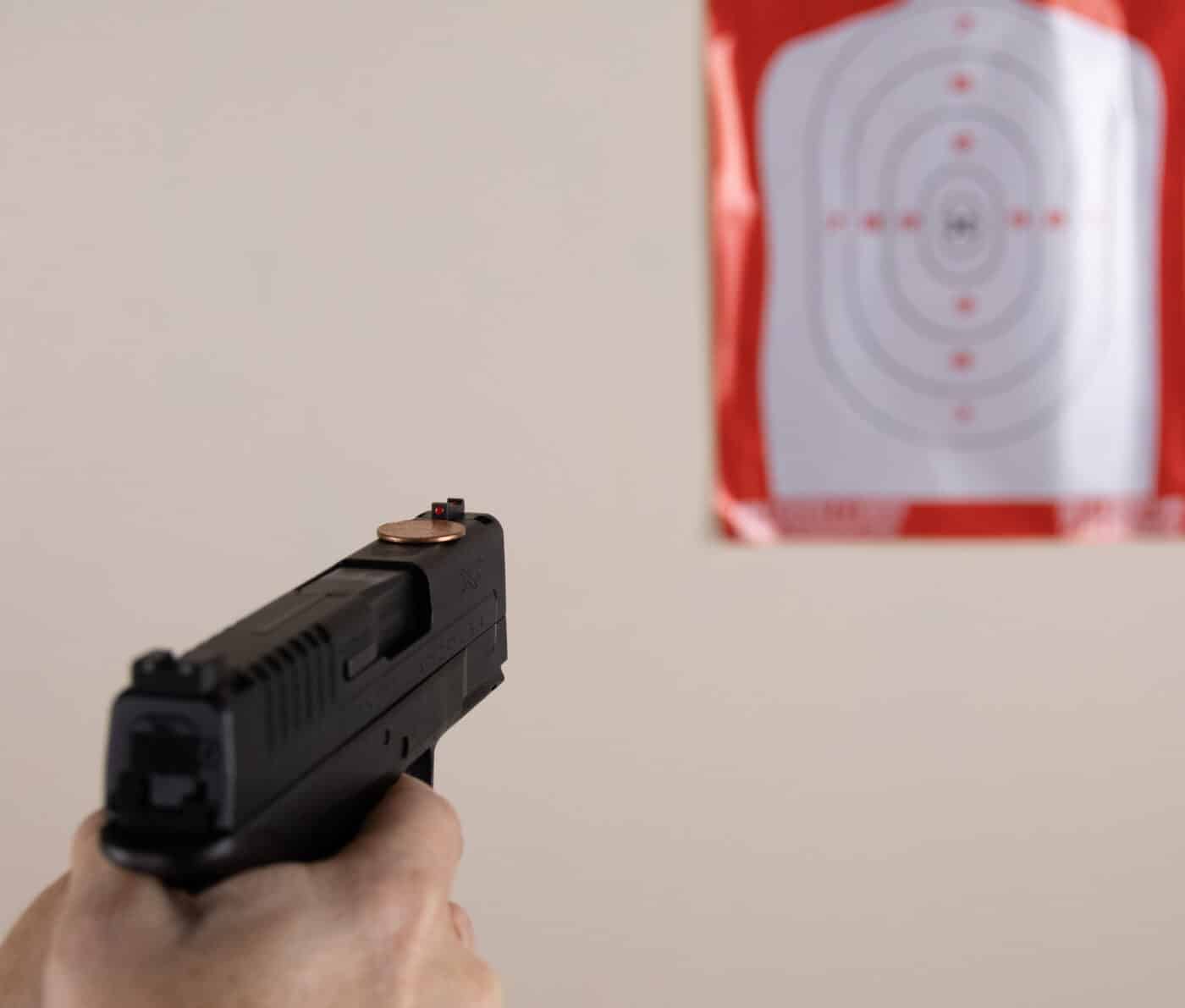
When the penny stays on the gun, observe how much the coin moved. Less movement is better — consider minimizing the coin movement as a goal that you should work toward.
I recommend no more than five to 10 minutes of penny training each day. Over a period of several weeks, a shooter can noticeably improve his or her shooting.
MantisX
Taking the penny technique into the 21st century, Mantis developed a series of training products that offer detailed analysis of your shooting and dry-fire practice. Mantis training systems combine a unit that attaches to your firearm with a software app running on your phone or tablet.
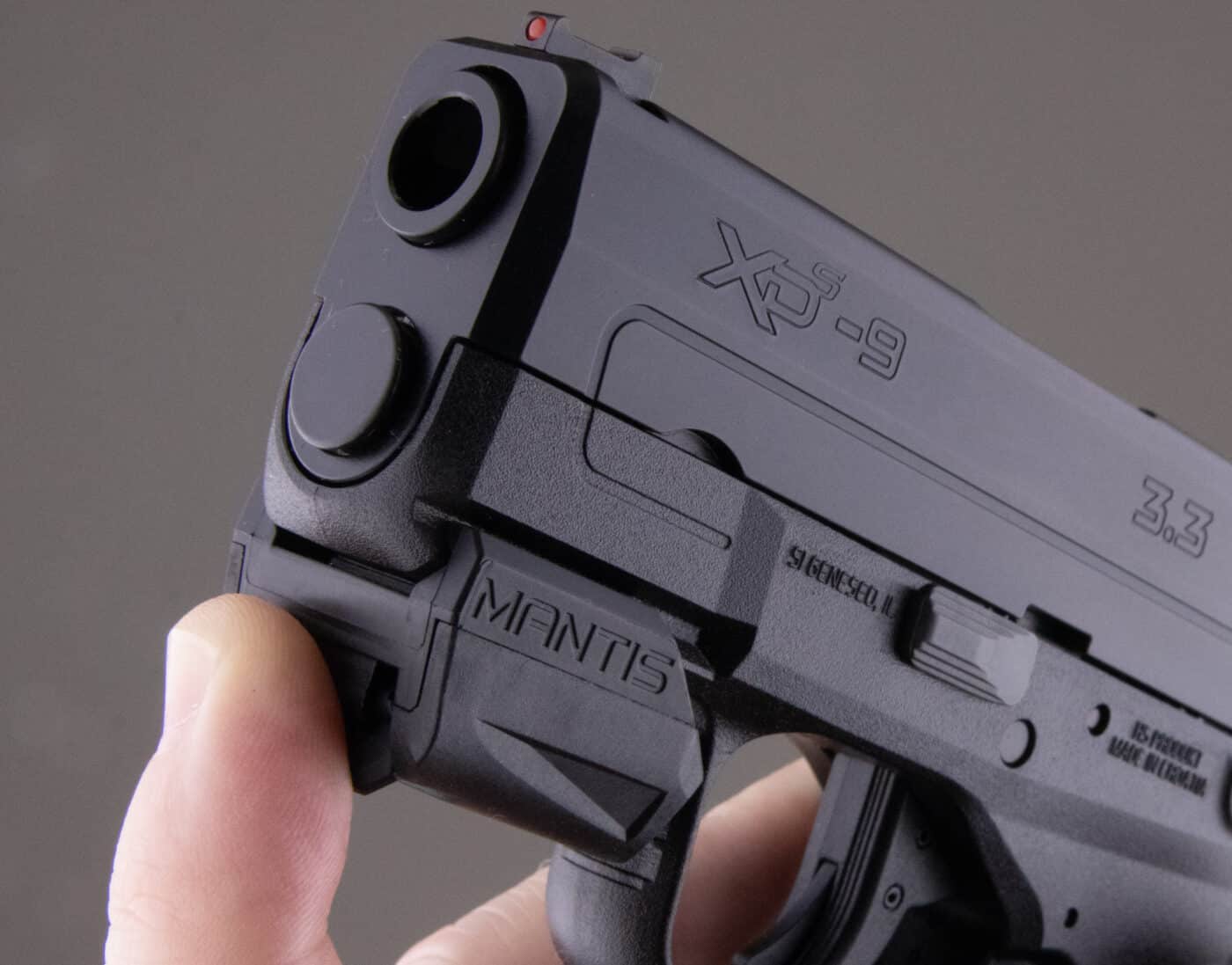
While the company offers fancier units, the Mantis X2 my favorite. It is a dry-fire-only system that is affordable on nearly every budget. Out of the box, it offers a range of training simulations including standard accuracy training, timed shooting, and hostage-type situations. All the while, it records a plethora of data that you can then review to see what aspect of your shooting style needs the most improvement.
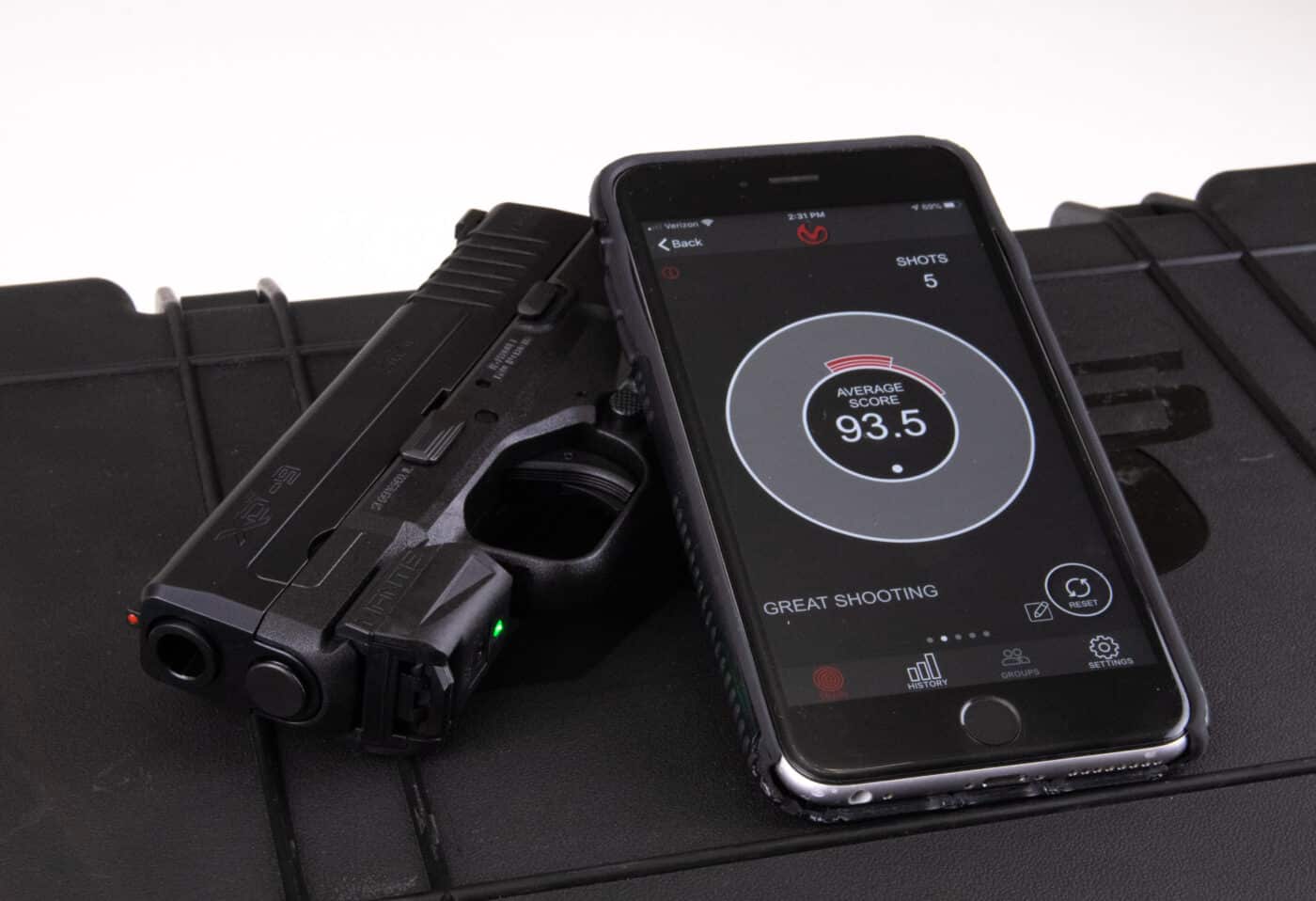
The Mantis system records information such as how much movement took place before, during and after the trigger press. While you cannot eliminate all movement, I found the X2 was very good at helping me reduce spurious movement.
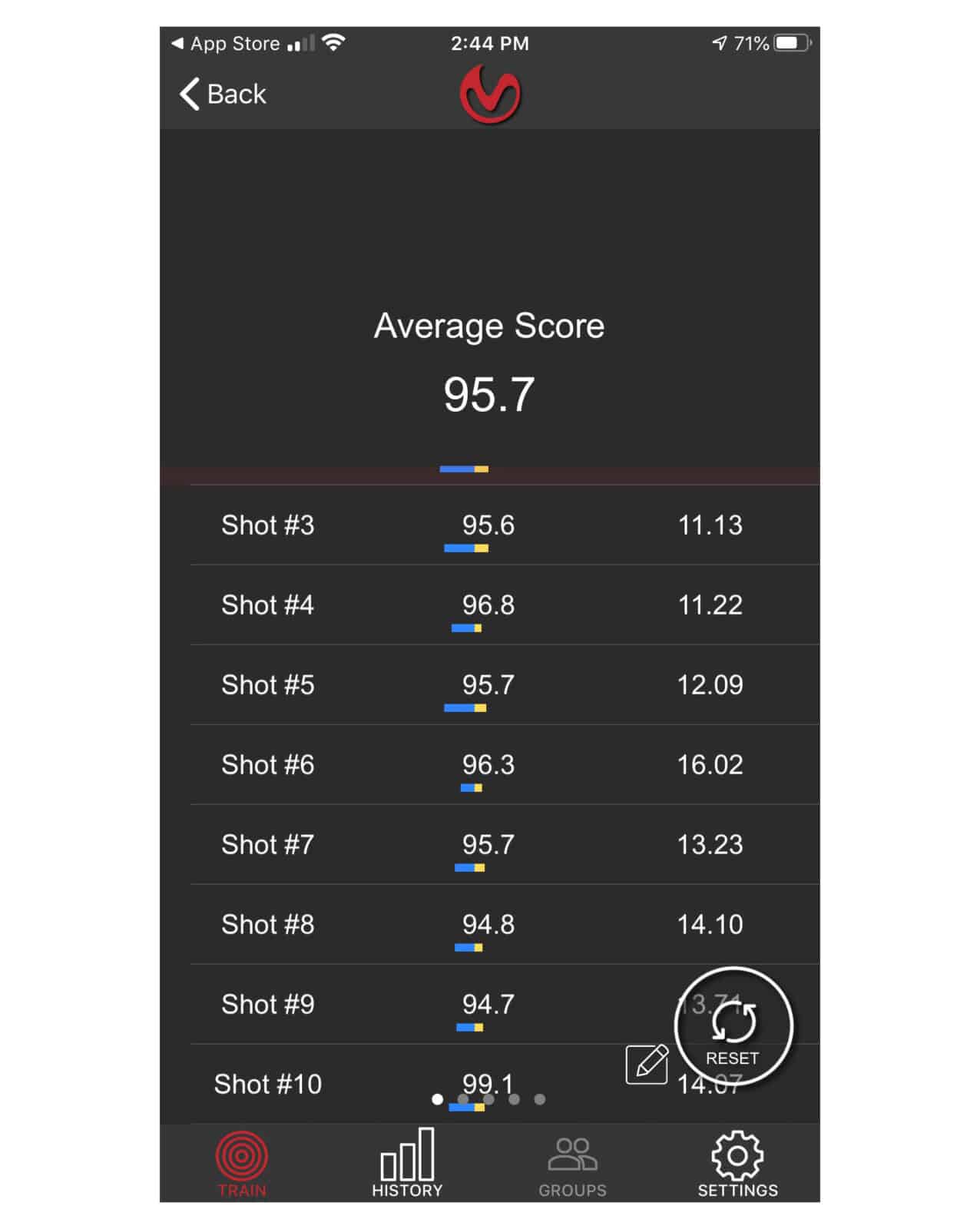
Additionally, I found the Mantis X2 was excellent for charting progress over time. You can review data on the app. If you set up a free account, the information gathered by the app will be compiled on a protected server for your in-depth analysis.
Final Thoughts
Dry-fire practice can work wonders for a new shooter or anyone looking to improve their skills in just a few minutes each day. It’s worked for me, and I’ve helped many other shooters increase both accuracy and confidence with dry-fire.
The reality for most folks is money and time constrain the amount of live fire practice we can get. Nevertheless, we can use dry-fire practice to ensure that, unlike Casey, we don’t miss that critical shot.
Editor’s Note: Be sure to check out The Armory Life Forum, where you can comment about our daily articles, as well as just talk guns and gear. Click the “Go To Forum Thread” link below to jump in!
Join the Discussion
Featured in this article
Continue Reading
Did you enjoy this article?

 234
234




